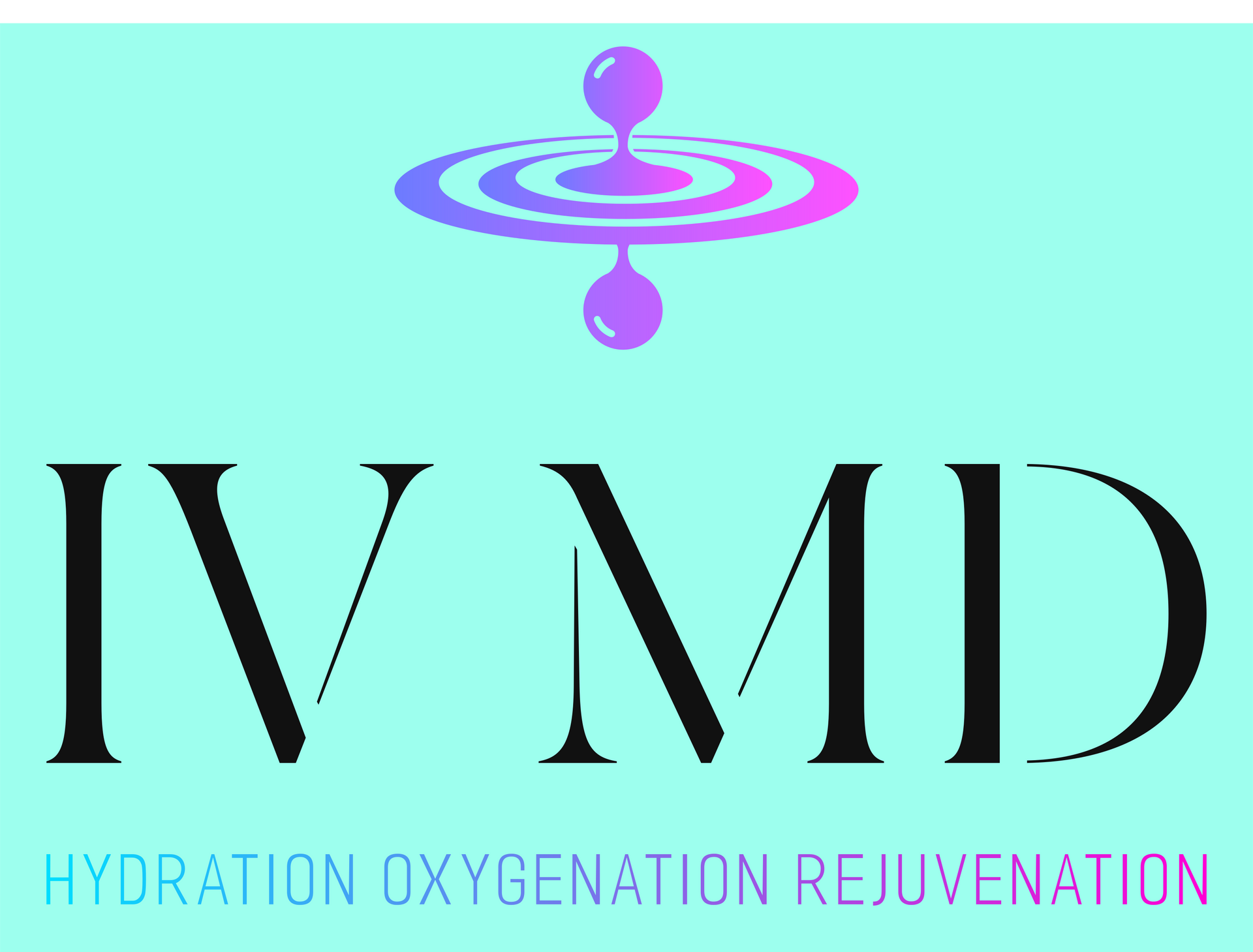LL-37 Peptide
$169
Category:
Immune support
LL-37 is an antimicrobial peptide integral to the body's innate immune defense system. Its pharmaceutical-grade formulation demonstrates effectiveness against bacteria, viruses, and fungi while simultaneously modulating inflammatory processes and enhancing wound healing mechanisms, providing comprehensive support for regenerative applications.
Benefits of LL-37:
- Antimicrobial Activity:
- LL-37 disrupts bacterial cell membranes, leading to cell lysis and death. It is effective against both Gram-positive and Gram-negative bacteria, including pathogens like Staphylococcus aureus, E. coli, and Pseudomonas. It also exhibits antiviral activity against viruses like influenza and herpes.
- Wound Healing:
- LL-37 promotes the healing of wounds by stimulating cell migration, collagen synthesis, and angiogenesis. It is found to be increased in response to injuries like cuts, scrapes, and bruises.
- Immunomodulation:
- LL-37 influences the immune system by modulating inflammatory responses. It can both promote inflammation to fight infection and also help resolve inflammation, contributing to tissue repair. It also plays a role in attracting immune cells to the site of infection.
- Potential Therapeutic Applications:
- Chronic Infections: LL-37's antimicrobial properties make it a potential treatment for persistent and antibiotic-resistant infections.
- Autoimmune Diseases: LL-37 may help modulate the immune response in conditions like rheumatoid arthritis, lupus, and multiple sclerosis.
- Inflammatory Diseases: LL-37 may alleviate symptoms of inflammatory conditions like Crohn's disease and psoriasis.
- Skin Disorders: LL-37 has shown promise in treating acne, eczema, and rosacea.
- Gut Health Issues: LL-37 supports gut integrity and balances the microbiome, potentially aiding in conditions like IBS and leaky gut.
- Other Potential Benefits:
- LL-37 has been shown to inhibit the aggregation of α-synuclein, a protein involved in Parkinson's disease, and may have a role in preventing neurodegenerative disorders. It also plays a role in the innate immune response, potentially bridging the gap between innate and adaptive immunity.

